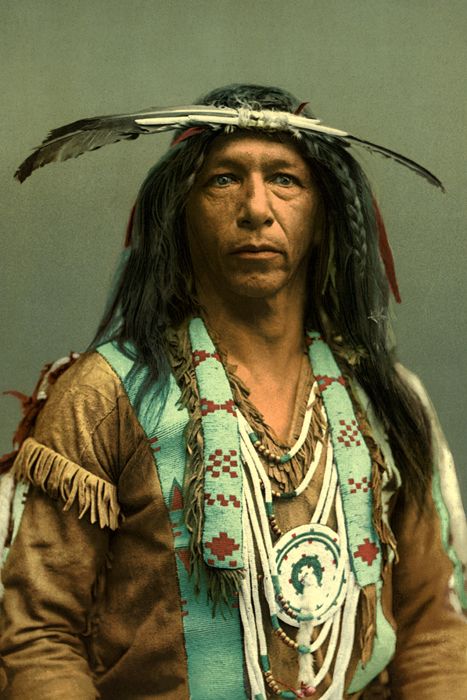
The Ojibwe people are one of the largest indigenous tribal groups with a population of approximately 320,000 in what is currently considered southern Canada, the Midwestern United States, and the Northern Plains. In the creation story of the oral history of the Ojibwe people, the Original Man was forever linked with the wolf. As a result, wolves were and still are considered brothers to the Ojibwe people.
The Gray Wolf was removed from the endangered species list in 2020, and Wisconsin’s annual wolf hunt resumed in 2021 with the death of hundreds of wolves. Research at the Nelson Institute of Environmental Studies suggests that the hunt, in addition to illegal poaching, reduced the wolf population in Wisconsin by one-third in just one year. In response, the Ojibwe people filed a lawsuit against the state of Wisconsin citing the Voigt decision, referring to a 1983 federal court case affirming that the Ojibwe have rights to 50% of the harvestable resources in the Ceded Territory of Wisconsin. As a result of this and many other conservation efforts, the Gray Wolf has been reinstated on the endangered species list alongside an extensive ensemble of predators and other species. The Gray Wolf went extinct in Wisconsin and was reintroduced in the 90s, so this issue of wolf management has been around for decades.

I think this issue, although at the surface level may seem like a tedious one surrounding species management, is actually incredibly complex and plays into the cultural conflict between Americans and Indigenous people. When Europeans originally immigrated to the United States, many brought with them their negative views of wolves and other predators, seeing them as a threat to their livestock and humans in general. This manifested itself in the culture, and wolves often are made out to be villains in children’s stories like “The Three Little Pigs”. Indigenous people, on the other hand, had a vastly more intimate and symbiotic relationship with the environment, resulting in their views of wolves, an animal near the top of the food chain, to be given respect instead.
So instead of a clash on how to manage the animal population, this is a clash of cultures. I do think it’s important to recognize that this is not a clear-cut issue. There do exist those in Wisconsin that have had livestock, pets, and even themselves physically threatened by wolves, and wolves are a carnivorous and potentially aggressive species. However, when dealing with something as delicate as the environment, it can be catastrophic to look to eliminate any danger to humans through the killing of animals.